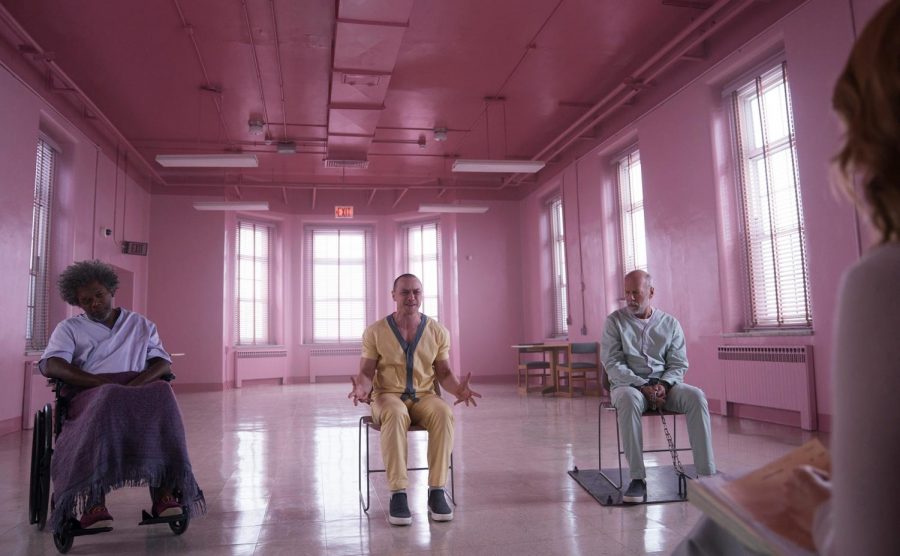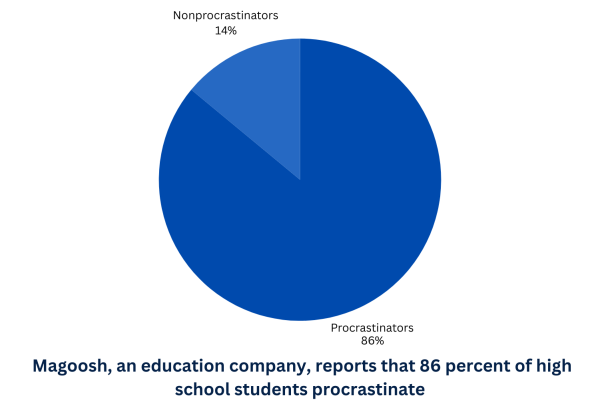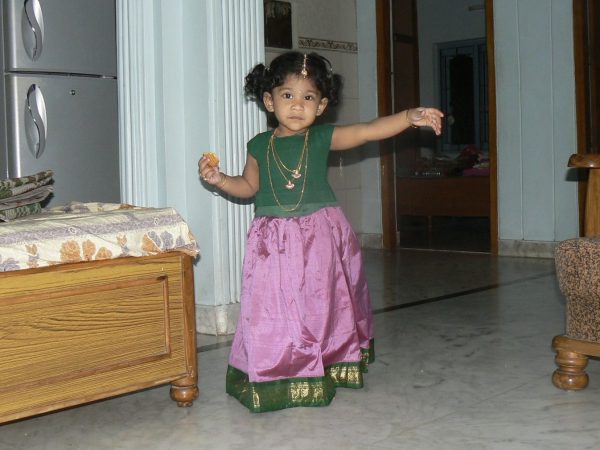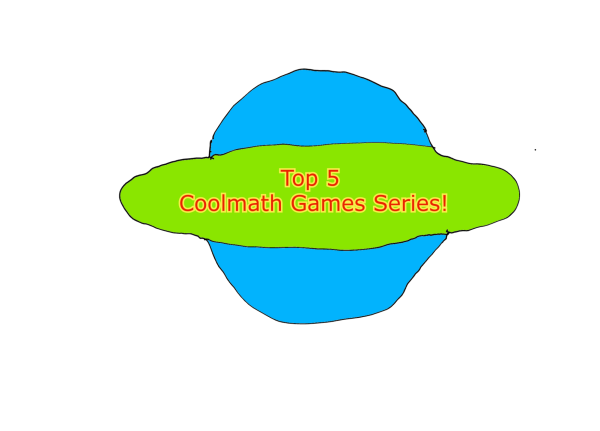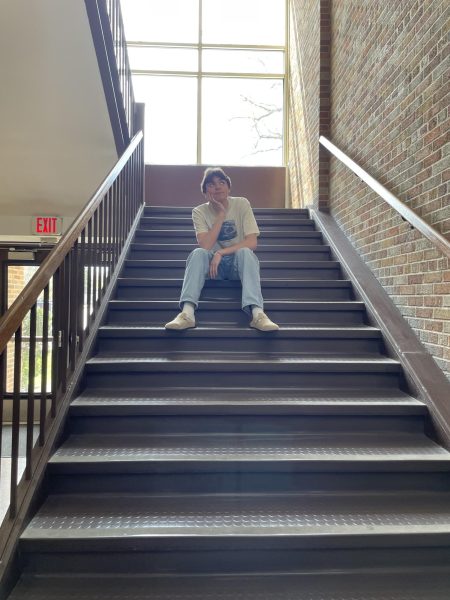‘Glass’: An honorable induction to the M. Night Shyamalan Pantheon
It’s hard to talk about the plot of M. Night Shyamalan’s latest movie, “Glass,” without giving too much away. Luckily, there isn’t much plot to talk about. In typical Shyamalan style, the movie seems to only exist for the twist ending, but that isn’t a bad thing.
“Glass” ties together two of Shyamalan’s biggest hits, “Unbreakable” and “Split,” in his first-ever direct sequel. It opens with David Dunn (Bruce Willis), the superhero from “Unbreakable,” now known in Philadelphia as “The Overseer,” hot on the trail of Horde (James McAvoy), a disturbed man from “Split” who has many personalities, including one with superhuman abilities. The pair is eventually captured by a morbidly calm psychiatrist, Dr. Ellie Staple (Sarah Paulson), who attempts to convince them that they are not actually superpowered.
They are soon joined by Dunn’s nemesis, Elijah Price (Samuel L. Jackson), or, as he calls himself, Mr. Glass. The movie follows their sessions with Dr. Staple, and it is here where Shyamalan takes a look at society’s obsession with superheroes and his own obsession with them. Shyamalan defines and analyzes the conditions and terms of his own existence in the cinematic experience that is modern superhero movies. Soon Mr. Glass orchestrates a breakout of Horde and Dunn and pits them against each other.
The movie lumbers around and takes an hour and a half for anything to happen. Instead of focusing only on the interesting dynamic between Dr. Staple, Mr. Glass, the Horde and Dunn, it takes the time to engage us with side characters from “Split” and “Unbreakable.” Instead of providing an interesting backdrop for the main characters, the side characters serve as poorly utilized plot devices.
Another troubling part of the side characters is the portrayal of Casey Cooke’s (Anya Taylor-Joy) relationship with Kevin Crumb, and its evolution from “Split.” In that movie, she is a troubled girl struggling with her own problems when she and her friends are captured by one of Kevin’s personalities. In Glass, she is reduced to a nurturing, almost sexual, role for Kevin. It’s disappointing to see such a dynamic character wasted in this way, especially with the idea that women can and should “fix” broken men.
The climax is an impressive feat of cinematography that is the crowning jewel of Mike Gioulakis’ amazing cinematography throughout the entire film. Gioulakis uses wide, stationary shots that allow actors to move in and out of the shot. It is framed like a comic book, and this makes the fight scenes much more interesting, providing a refreshing break from the fast-paced, hard-to-follow fight style that seems to dominate superhero movies today.
Often the director would break down the fight scenes into striking and clear images that remind watchers of comic-book fight scenes. One fight scene is filmed entirely in the background, while another character takes up the foreground in a stupendous visual feat. In other places, his point-of-view shots and color coding create the visual guide a comic book would provide.
The acting is another part of the movie that really shines through. McAvoy showed to us in “Split” how he could play multiple characters and make them all seem very real through slight changes in posture and excellent voice acting. Now, in “Glass,” he cycles through them rapid-fire, and it is an impressive display of his acting chops.
McAvoy brings a driving and unpredictable energy to the film, which is counterbalanced by Willis’s reflective and unsure character. Willis serves as a good balance to McAvoy, but on his own, his scenes become tedious and uninspired. Jackson plays himself, as he does in every movie. However, for the first half of the movie, he is in a drug-induced, coma-like state and all emotion is portrayed through small facial tics and his eyes. Jackson pulls this off magically, reminding us how powerful the eyes are in acting.
“Glass” is a satisfying movie that reminded me how good a good film can really be at a time when garbage is churned out by major production studios.



